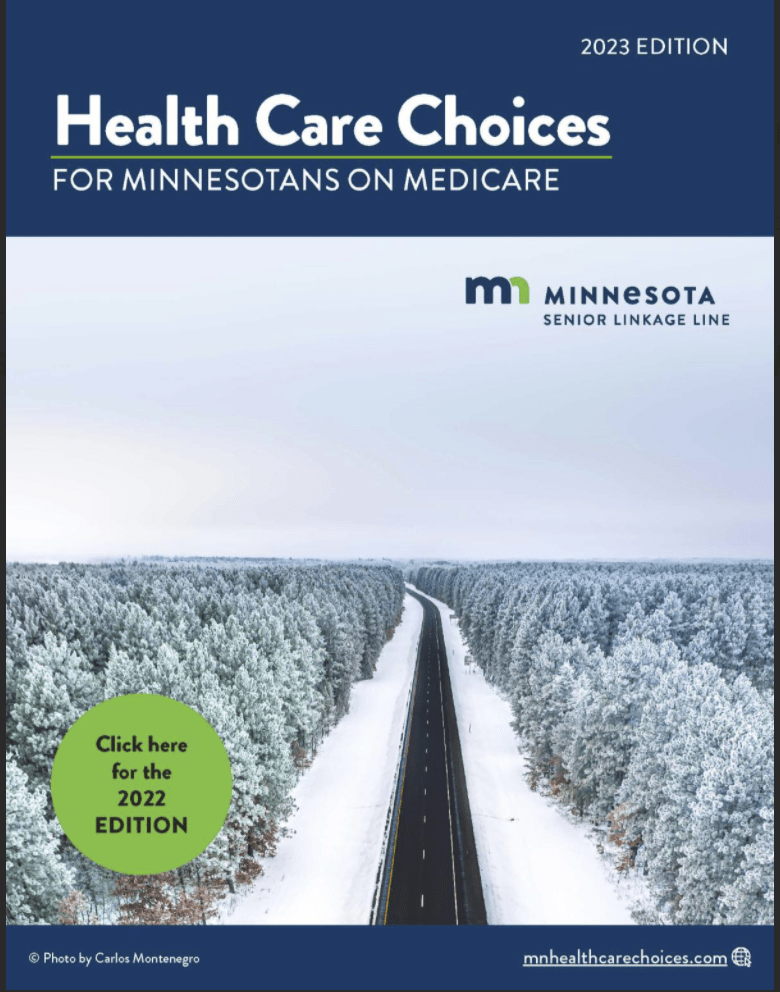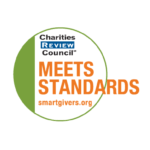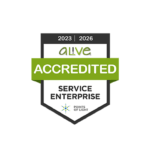
Senior LinkAge Line® specialists at Trellis answer the questions most frequently asked by people making decisions about their Medicare options. Call the Senior LinkAge Line at 800-333-2433 for trusted, unbiased, one-on-one assistance.
1. I’m new to Medicare. How do I sign up?
If you’re over 65 (or turning 65 in the next 3 months) and not already getting benefits from Social Security, you need to sign up to get Medicare Part A (Hospital Insurance) and Part B (Medical Insurance). You won’t get Medicare automatically. Contact the Social Security Administration by phone, online or in-person to sign up. If you continue to be covered under a qualifying health plan beyond age 65, you do not need to sign up for Medicare until you are ready to use it. When your other coverage ends, you will have a Special Enrollment Period in which you can sign up for Medicare.
2. When is the Medicare Open Enrollment Period?
October 15 through December 7 each year. Changes you make during this period will take effect on January 1.
If you already have a Medicare Advantage Plan, there is an additional enrollment period from January 1 to March 31 each year when you can switch to a different Medicare Advantage plan or switch back to Original Medicare.
3. What are the key things I should consider when choosing a plan?
- Cost. Plans have different costs for monthly premiums, copays, deductibles, and out-of-pocket maximums.
- What’s covered and what’s not covered. Different plans cover different things. You’ll want to look for a plan that covers the services you are likely to use.
- Doctor and hospital choice. Some plans require that you use in-network providers for best coverage; others do not.
- Drug plan options. Does the plan include prescription drug coverage? If so, are the drugs you need included in the plan’s covered drugs (formulary)?
- Quality of care. Medicare.gov provides tools for comparing quality of care from providers, hospitals, and more. Learn more about quality of care. Medicare uses a Star Rating System to measure how well Medicare Advantage and Part D plans perform. You can view Star Ratings for each plan option in the Medicare Plan Finder at medicare.gov.
4. Is my doctor in-network?
Some plans require that individuals see providers that are in their network in order to get the highest level of coverage. If you have selected a plan, the best way to be sure your providers are in-network is to call the insurance company directly. If you need help narrowing down the plan that’s best for you, use the Medicare Plan Finder Tool at medicare.gov or call the Senior LinkAge Line.
5. What are the copays or coinsurance for the health care I may need?
Each plan is unique and provides varying levels of coverage for different health care services. You can compare copays and coinsurance rates between plans at medicare.gov using the Plan Finder Tool.
6. What should couples consider when comparing Medicare plans?
Each person must purchase a separate plan. Depending on medications taken and health conditions, a different plan may be beneficial for each person.
7. I like the plan I’m in. Do I need to make changes?
Plan benefits, networks, and formularies can change every year. It’s always a good idea to review your plan to be sure you are getting the best coverage for your situation. Each fall, your plan sends you an Annual Notice of Change that itemizes changes in coverage, costs, or services. Reviewing your notice carefully is a good way to know if you might want to look for a different plan.
8. Are there circumstances that would allow me to change plans mid-year or do I need to wait for the next open enrollment?
The opportunity to change plans is limited, and most individuals would have to wait until the next open enrollment period. You may be able to change plans if certain events happen in your life such as you move, you leave a nursing facility, you lose coverage or a 5-star plan becomes available. These opportunities are called Special Enrollment Periods. Learn more about Special Enrollment Periods.
9. What are the key features of a Medicare Advantage plan?
Medicare Advantage(also known as Part C) is an “all in one” alternative to Original Medicare. These “bundled” plans include Part A, Part B, and usually, Part D. These plans must cover all of the services that Original Medicare covers.
- Must see providers in the network in order to get the highest benefit from the plan
- Many offer additional benefits that Medicare doesn’t cover, such as vision and dental
- Most include Part D prescription coverage
- Option to change plans each year during open enrollment
- Plans usually don’t cover care you get outside of the U.S.
Learn more about Medicare Advantage plans.
10. What are the key features of a Medigap plan?
Medigap plans (also called supplemental insurance) help pay for some of the health care costs that Original Medicare doesn’t cover, such as copayments, coinsurance, deductibles. Some policies also cover services not covered by Original Medicare such as coverage when traveling outside the U.S.
- No networks, you can go to any provider that accepts Medicare.
- No vision and dental coverage, though some may offer additional preventative benefits not covered by Medicare
- Do not include prescription drug coverage. You have the option to purchase separate Medicare Part D coverage.
- The insurance company can’t cancel your Medigap policy as long as you pay the premium.
- May offer additional coverage for health care services or supplies that you get outside the U.S. Learn more.
- There are limited options for purchasing a policy without medical underwriting.
Learn more about Medigap plans.
You may be able to delay enrollment into Medicare. Contact the Senior LinkAge Line to talk with a health insurance counselor regarding your specific situation.

Ready to select a plan?
Health Care Choices for Minnesotans on Medicare provides detailed information about health plans available in Minnesota. View the Health Care Choices online.
The Senior LinkAge Line is a free statewide service of the Minnesota Board on Aging in partnership with Trellis and the other Area Agencies on Aging in Minnesota. The Senior LinkAge Line assists older Minnesotans and caregivers, by connecting them to local services, finding answers and getting the help they need.




